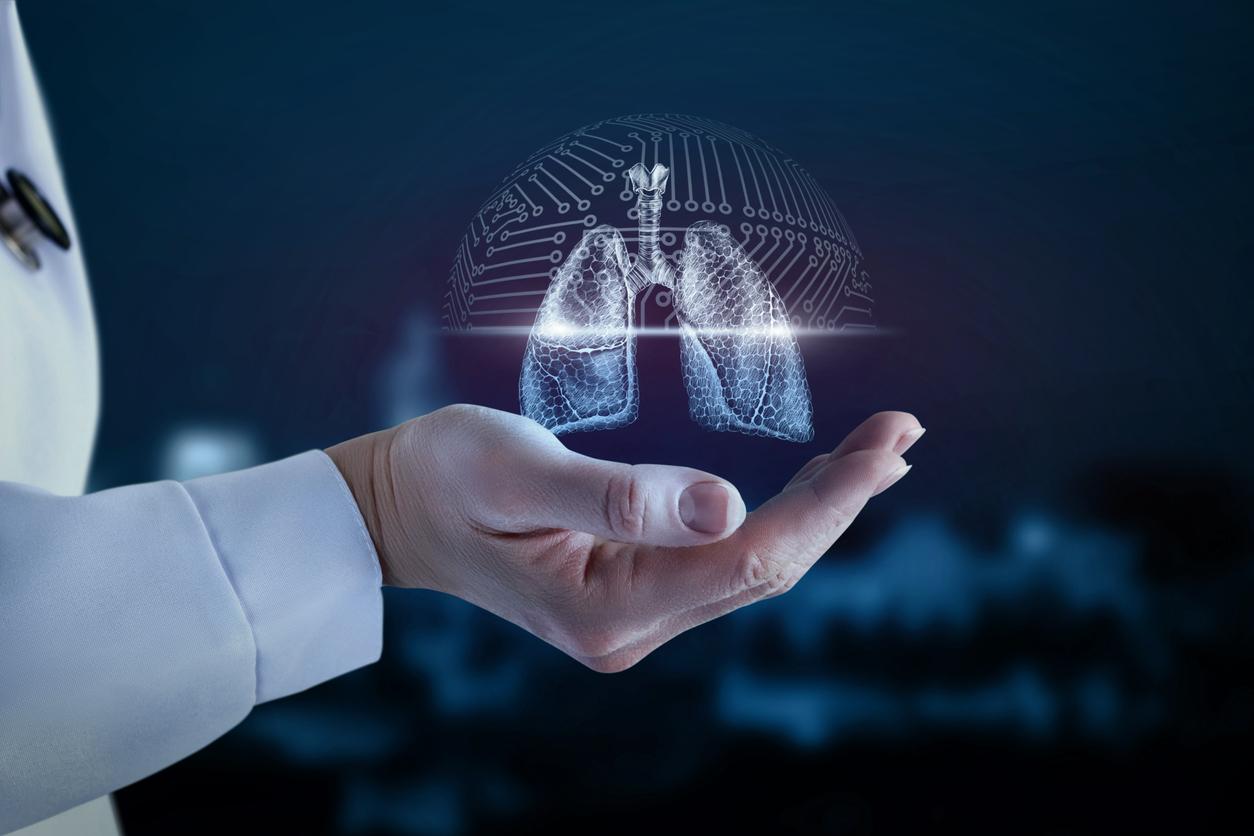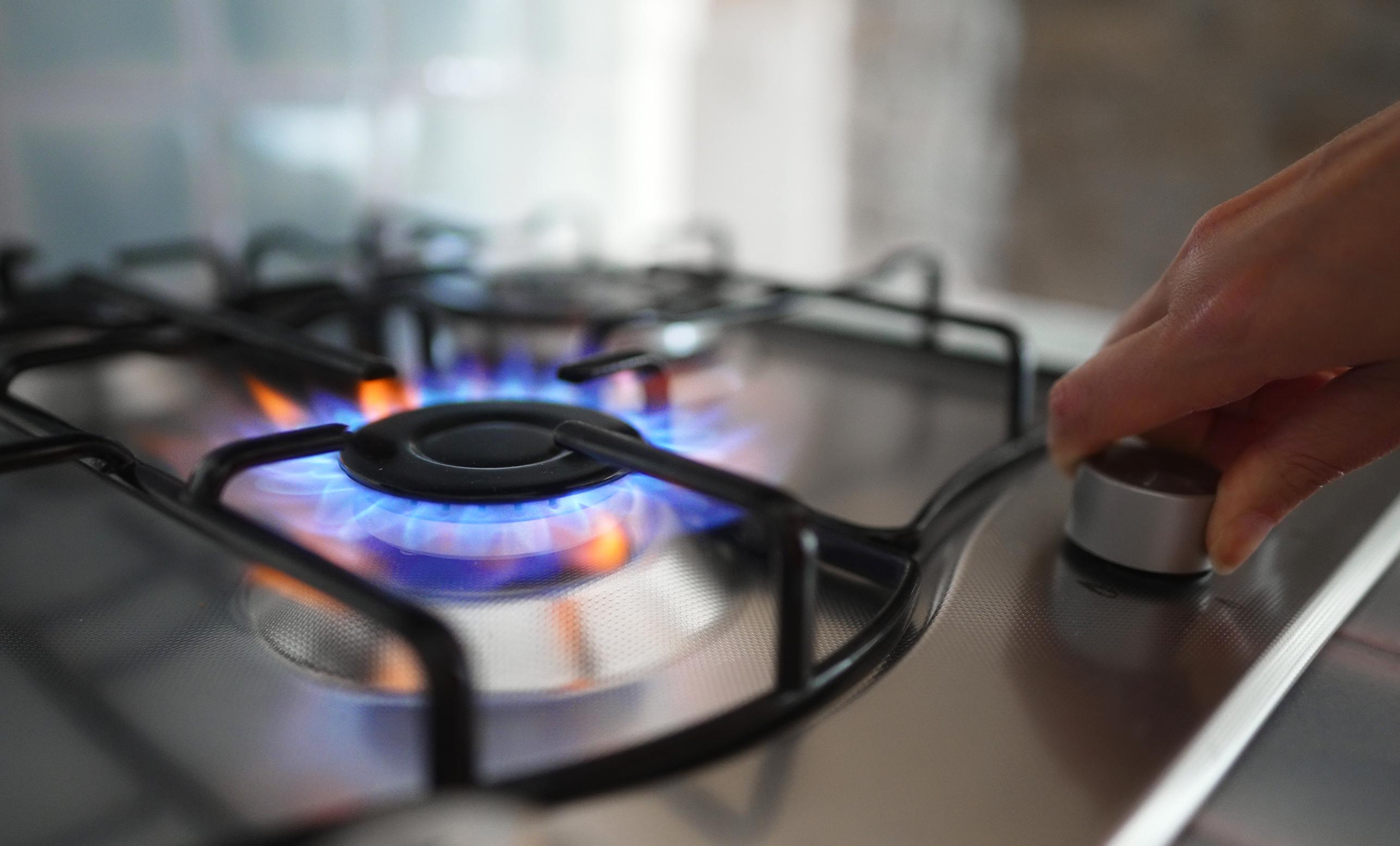Two American and European studies have recently alerted to the dangers of cooking with gas, especially among children. This fuel could in particular favor the onset of infantile asthma.

- Asthma is a respiratory pathology due to a permanent inflammation of the bronchi.
- Nearly 4 million people are affected by asthma in France.
Asthma can occur at certain times in a child’s life or be present all year round. It is generally manifested by an asthma attack which may be accompanied by difficulty breathing, a feeling of suffocation, a dry cough or even wheezing.
Different causes can promote the onset of childhood asthma. This is particularly the case of genetic predispositions, allergens, poor air quality, pollution or even physical activity (exertional asthma).
The gas is believed to be the cause of 12% of asthma cases in children
Two recent studies have recently observed the effects of cooking with gas on the respiratory health of children. According to these publications, gas is responsible for 12% of childhood asthma cases in the United States and Europe. However, these results are debated because the use of gas is encouraged in developing countries. This fuel is considered an alternative to cooking with coal and wood, the harmfulness of which has been established.
To reach this conclusion, the scientists of the Rocky Mountain Institute (RMI) conducted a meta-analysis of 41 US studies associated with US census data. According to their results published in the International Journal of Environmental Research and Public Health in December 2022, 12.7% of asthma cases in American children would be due to cooking with gas. “Using a gas stove is pretty much like having a smoker live in your house”alerted Talor Gruenwald, lead author of the study.
Gas cooking: very high nitrogen dioxide levels
Monday, January 9, a European study conducted by the associations Clasp, Respire and the European Alliance for Public Health revealed results similar to those of the RMI research. During the work, laboratory tests and computer simulations were carried out by the Organization for Applied Scientific Research of the Netherlands (TNO).
According to the researchers, approximately 12% of childhood asthma cases are associated with cooking with gas. Nitrogen dioxide (NO2) levels exceeded the maximum limits set by the World Health Organization (WHO) on 5 out of 7 days. However, this report commissioned by non-governmental organizations (NGOs) has not been published in a scientific journal and validated by a committee of peers.
To confirm these results, the Clasp association is currently conducting an experiment in 280 European kitchens, including 40 in France.
Results to be taken with caution
In the eyes of Daniel Pope, professor of public health at the University of Liverpool (United Kingdom), the association between asthma and gas cooking has not been definitively established. It is therefore necessary to carry out additional research and to take these initial results with a grain of salt.
This scientist is also leading a study on the effects of different fuels on health. According to his research, the gas has “negligible effects compared to electricity for all aspects of health, including asthma”. Yet Daniel Pope hopes that American and European publications will not destroy efforts to reduce cooking with wood and charcoal, especially in developing countries.


















